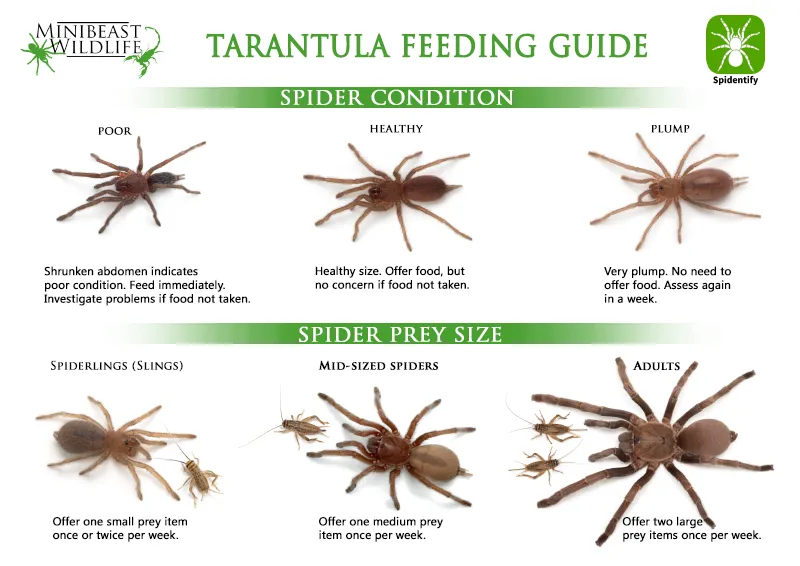Tarantulas, with their impressive size and fascinating behaviors, have captivated many. Understanding how these eight-legged creatures eat is crucial for anyone interested in keeping them as pets or simply curious about their natural history. Their feeding habits reveal a lot about their hunting strategies, digestive processes, and overall survival. This article dives into the amazing secrets of how tarantulas eat, providing a comprehensive guide to their dietary preferences, hunting techniques, and the factors that influence their eating patterns. Whether you’re a beginner or an experienced enthusiast, you’ll gain valuable insights into the world of these intriguing arachnids.
What Tarantulas Eat Understanding Their Diet
Tarantulas are primarily carnivores, meaning their diet consists mainly of meat. In the wild, their diet varies depending on their habitat and the availability of prey. In captivity, their diet can be carefully controlled to ensure they receive the necessary nutrients for healthy growth and longevity. The key to understanding their diet is to mimic their natural eating habits, which ensures they thrive. Different species of tarantulas may have slightly different preferences, but the core components of their diet remain largely the same.
Insects The Main Course
Insects form the bulk of a tarantula’s diet. They provide the essential proteins, fats, and other nutrients needed for growth, molting, and overall health. The size and type of insects offered should be appropriate for the size of the tarantula. It’s important to make sure the insects are sourced from a reputable supplier to avoid introducing any parasites or pesticides into the tarantula’s environment. The insects should be gut-loaded before feeding to ensure they are nutritious for the tarantula.
Crickets the Preferred Meal
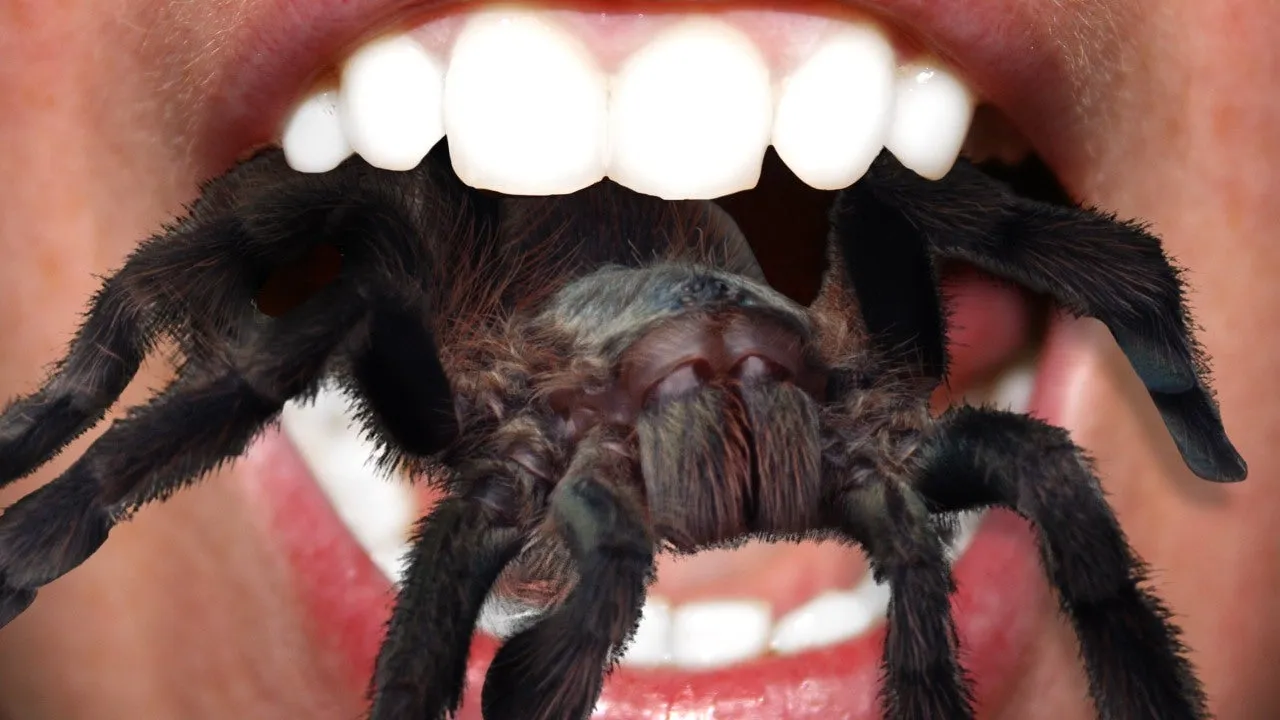
Crickets are a staple food item for many tarantula owners. They are readily available, relatively easy to handle, and provide a good source of protein. When feeding crickets, it is essential to remove any uneaten ones from the enclosure after a day or so to prevent them from bothering the tarantula. Offering a variety of prey items helps to stimulate the tarantula’s appetite and provides a more diverse diet. The size of the crickets should be appropriate for the size of the tarantula, typically no larger than the spider’s abdomen.
Mealworms & Other Options
Mealworms and other larvae are another popular choice. While nutritionally dense, mealworms have a hard exoskeleton, which can sometimes be difficult for younger tarantulas to digest. They are best offered in moderation or to larger tarantulas. Other insect options include roaches, grasshoppers, and locusts. These insects also offer a variety of nutritional benefits. Gut-loading these insects prior to feeding is recommended. This ensures they are filled with vitamins and minerals.
Other Prey Items
Besides insects, tarantulas can sometimes eat other types of prey. These items are not always a regular part of their diet but can be offered in certain circumstances, providing a varied nutritional intake.
Small Vertebrates
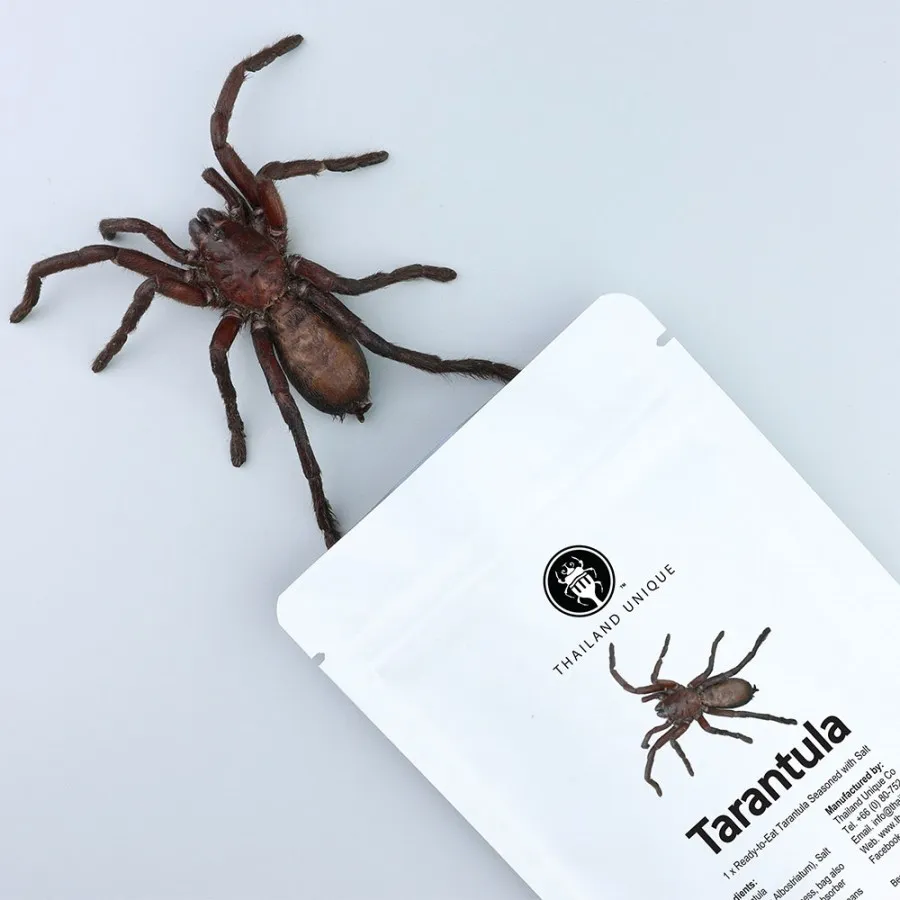
In the wild, larger tarantulas may occasionally prey on small vertebrates like small lizards, mice, or even small birds. These offer a high protein content, but they should be offered with extreme caution in captivity. Captive-bred pinkie mice can be offered to larger species in limited quantities, but these should not be the sole food source. The risk of overfeeding and potential health issues makes this a less common practice for most tarantula keepers.
Fruits and Vegetables
Tarantulas don’t naturally eat fruits and vegetables. While they might occasionally ingest small amounts of plant matter accidentally, they lack the digestive systems to break down plant materials effectively. Therefore, fruits and vegetables are not a suitable or necessary part of a tarantula’s diet.
How Tarantulas Hunt the Feeding Process
Tarantulas are opportunistic hunters. Their hunting strategies are mostly based on ambush and quick strikes, taking advantage of their environment to capture prey. Understanding their hunting behavior provides valuable insight into their needs. Tarantulas rely heavily on their senses and instincts to find and capture food.
Ambush Predators
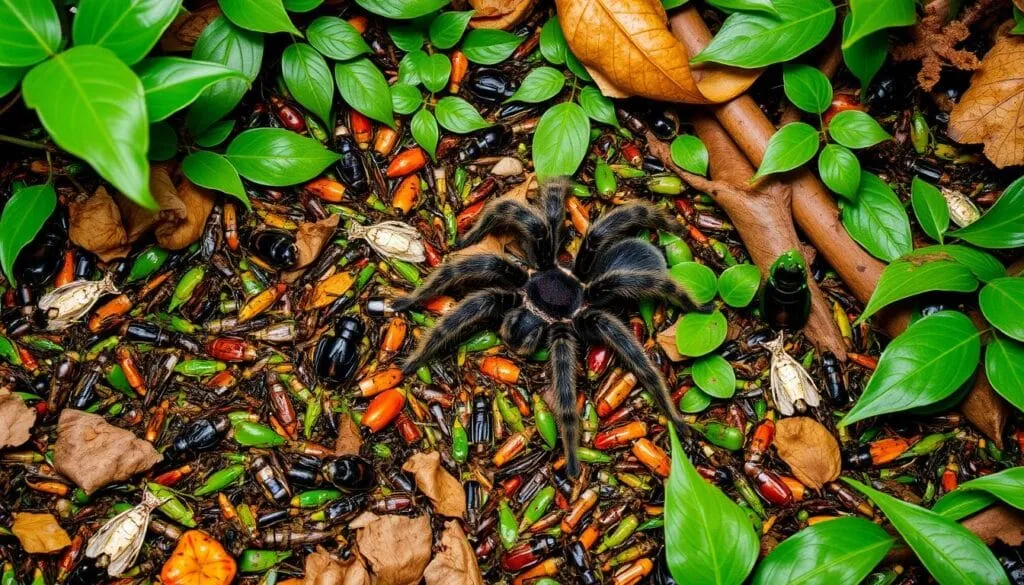
Tarantulas are typically ambush predators. They often sit and wait, hidden in their burrows, or camouflaged among leaves or other objects in their habitat. This strategy allows them to conserve energy and wait for the perfect opportunity to strike. Their patience is key to their success, allowing them to conserve energy and wait for the right moment to attack. They detect vibrations in the ground or air to identify potential prey.
Sensing Prey
Tarantulas have several ways to sense their prey. They possess sensory hairs on their legs and body that detect vibrations and air movements. These hairs are extremely sensitive and can alert the tarantula to the presence of nearby insects or other potential food sources. They can also detect chemical signals that prey emits. These various sensory methods help them to pinpoint the location of potential meals.
The Strike
Once a tarantula detects prey, it will quickly and decisively strike. They have powerful fangs that they use to inject venom into the prey. The fangs are strong enough to pierce the exoskeletons of insects and deliver a paralyzing or lethal dose of venom. The strike is a coordinated movement that happens in a split second, making it difficult for the prey to escape. The tarantula’s quick reflexes and precise aim are critical to their hunting success.
The Feeding Frenzy
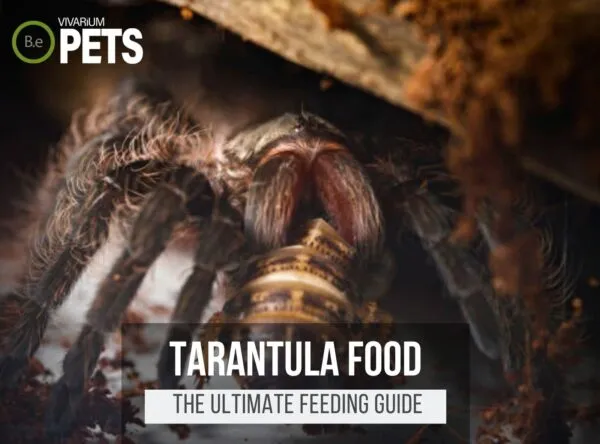
After the strike, the tarantula will often hold the prey with its fangs, injecting more venom to ensure it is subdued. They might then begin to feed immediately, or they may drag the prey back to a safe location. The spider will use its chelicerae (mouthparts) to break down the prey. Larger tarantulas are known to engage in a feeding frenzy, consuming the prey quickly and efficiently. This feeding process showcases the tarantula’s powerful hunting and eating mechanisms.
The Digestive Process Unveiled
Tarantulas have a unique digestive system designed to break down and absorb nutrients from their prey. The digestive process is fascinating. Understanding this helps to understand how they get the most from their meals.
Venom Immobilization
The tarantula’s venom serves multiple purposes. It immobilizes the prey, making it easier to handle and consume. The venom also contains enzymes that begin the process of breaking down the prey’s tissues. This pre-digestion is key to the tarantula’s feeding process, as their digestive system is not designed to handle large chunks of solid food. The venom ensures that the meal is easier to consume and digest.
External Digestion
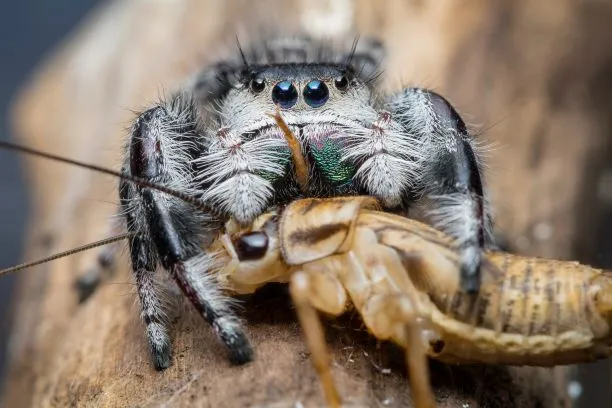
Tarantulas engage in external digestion. After injecting venom, they will often regurgitate digestive enzymes onto the prey. These enzymes break down the internal tissues, turning the prey into a liquid or semi-liquid form. This process allows the tarantula to essentially suck the nutrients out of the prey, leaving behind the exoskeleton. This feeding method enables the tarantula to get maximum benefit from its meal.
Absorption of Nutrients
Once the prey has been broken down into a liquid state, the tarantula uses its mouthparts and chelicerae to suck up the nutrient-rich fluid. The digestive system then absorbs the essential nutrients, including proteins, fats, and vitamins. The exoskeleton and any remaining undigested parts are usually discarded. The efficient absorption of nutrients ensures the tarantula gets all the resources needed for health and growth.
Factors Influencing Feeding Frequency
Several factors affect how often a tarantula needs to eat. These factors influence their metabolism and energy requirements. It is critical to adjust the feeding schedule according to these factors to ensure the tarantula’s health and well-being.
Spider Size
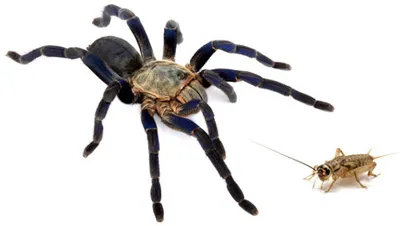
Younger, smaller tarantulas require more frequent feedings than adults. They are growing rapidly and need more energy to support their growth. Spiderlings may need to be fed several times a week. As they grow, the feeding frequency can be reduced. Adult tarantulas can often be fed once or twice a week, or even less frequently, depending on their species and individual needs. It is crucial to adjust the feeding schedule as they grow and mature to prevent overfeeding and promote healthy development.
Tarantula Age
Younger tarantulas need more food to facilitate growth, and older tarantulas may need less food, as their metabolism slows down. Monitoring the spider’s body condition helps to determine the appropriate feeding schedule. If the abdomen appears overly plump, it might be time to reduce the feeding frequency. The stage of growth influences how often and how much food is required to stay healthy. Older tarantulas may also experience a decline in appetite as they get older, which impacts the frequency of feedings.
Environmental Conditions
Temperature and humidity can influence a tarantula’s appetite and metabolism. Higher temperatures typically increase the metabolic rate, leading to increased appetite and a need for more frequent feeding. Conversely, cooler temperatures can slow down the metabolism. Changes in humidity can also affect eating habits. It’s essential to monitor and adjust feeding schedules to maintain the ideal conditions. Making sure the enclosure is set up correctly will help to promote the health of the tarantula.
Feeding Tips for Tarantula Owners
Proper feeding practices are essential for the health and well-being of pet tarantulas. Following some practical tips can ensure that you’re providing the best possible care. Knowing the right way to feed a tarantula will contribute to the overall health and longevity of the spider.
Offering the Right Food
Always offer appropriately sized insects, and consider the nutritional value of the food. Ensure the insects are gut-loaded to provide essential nutrients. Vary the diet to give the spider a diverse range of nutrients. Remove any uneaten insects from the enclosure to prevent them from bothering the tarantula. Be sure the prey is alive. It’s important to ensure the prey is suitable for the spider’s size and development stage.
Avoid Overfeeding
Overfeeding can lead to obesity and other health problems. It is important to monitor the tarantula’s abdomen size. If it looks too plump, reduce the feeding frequency. Adjust the feeding schedule based on the spider’s age, size, and species. Providing too much food will affect its health. Always make sure the spider has enough space to move around in the enclosure. Adjust the diet according to the tarantula’s body condition.
Water Source
Always provide a clean source of water. Tarantulas need water for hydration and molting. Fresh water should be available at all times in a shallow dish, or through a gel-based product. Make sure the water dish is accessible and easy for the tarantula to use. Regularly clean and refresh the water to prevent bacteria growth. Adequate hydration is essential for tarantula health and well-being. This is important for the tarantula’s overall health and survival.
In conclusion, understanding how tarantulas eat is vital for providing proper care and ensuring their well-being. From their carnivorous diet and hunting strategies to their unique digestive processes, every aspect of their feeding habits offers a glimpse into their fascinating world. By following these guidelines, tarantula owners can create a healthy and enriching environment for their pets, allowing them to thrive and showcase their amazing behaviors. Whether you’re a seasoned enthusiast or a curious beginner, the secrets of how tarantulas eat are sure to keep you captivated.
